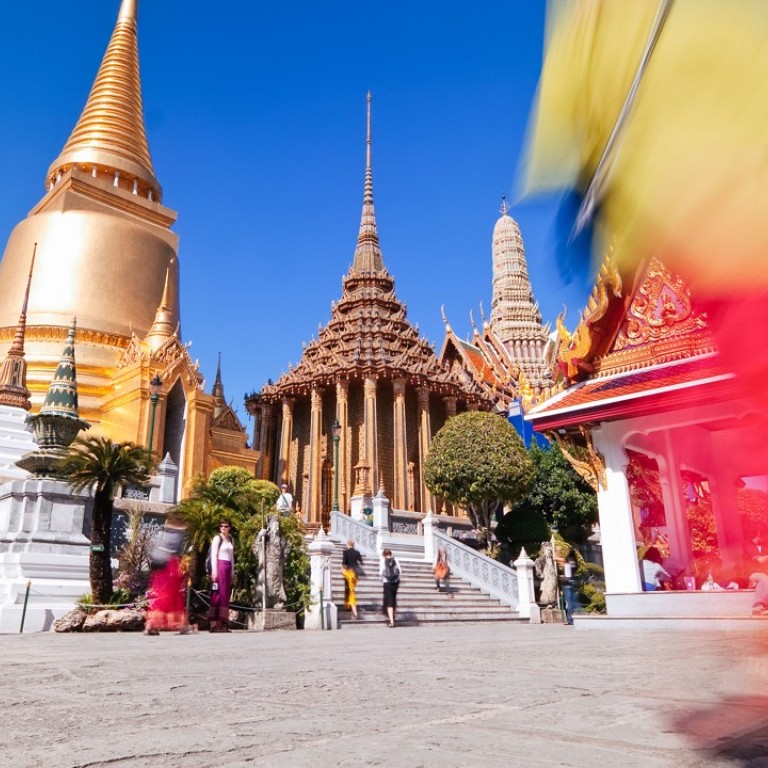
Bangkok Old Town: where old and new combine, from the Grand Palace to trendy nightspots
Despite modern developments pushing deeper into Bangkok’s cultural heart, the temples and markets of the city’s Old Town blend seamlessly with the boisterous revelries of Khao San
Bangkok pulsates with the synergy of old and new, but one pocket of space in the Thai capital still hangs in a state of arrested development: Rattanakosin district, also known as Bangkok Old Town.
The historic heart of Bangkok, this riverside enclave with its rustic sois, or side streets, lined by weathered buildings, is where the first monarch of Thailand’s present ruling Chakri Dynasty, King Rama I, founded the kingdom of Rattanakosin in 1782. Wat Pho, the magnificent 16th-century temple that houses one of the world’s largest reclining Buddha statues, still marks the spot.
With subway’s arrival, Bangkok’s Chinatown faces gentrification
The Grand Palace, Thailand’s most opulent royal complex, with its many ornate roofs and gilded stupas, was built close to Wat Pho in 1783 and remains the place where important ceremonies, including coronations and royal funerals, are staged. Also housed within the palace is the Wat Phra Kaew, or temple of the highly revered emerald Buddha, one of Thailand’s most sacred religious sites.
Bangkok Old Town is a lived-in neighbourhood. Quaint markets, shophouses and traditional businesses exist alongside landmarks such as the Freedom Monument (commissioned in 1939 to commemorate the 1932 Siamese coup d’état) and the Bangkok City Library (the city’s largest library, in a restored neoclassical building, that spans three floors and more than 4,800 square metres) that tell of the capital’s transition to the modern era.

Mom Rajawongse Narisa Chakrabongse, an aristocratic Thai publisher and hotelier, who is a descendant of the royal lineage of King Chulalongkorn (who reigned from 1868 to 1910), spent her childhood between London and this district of Bangkok. Narisa is adamant about embracing development in the historic centre.
“If you are asking me whether I would like to return to those sweltering days before air-conditioning and other modern comforts, like convenient stores and supermarkets, I much prefer the district as it is today even though I adore the sense of history the place conveys,” she says.
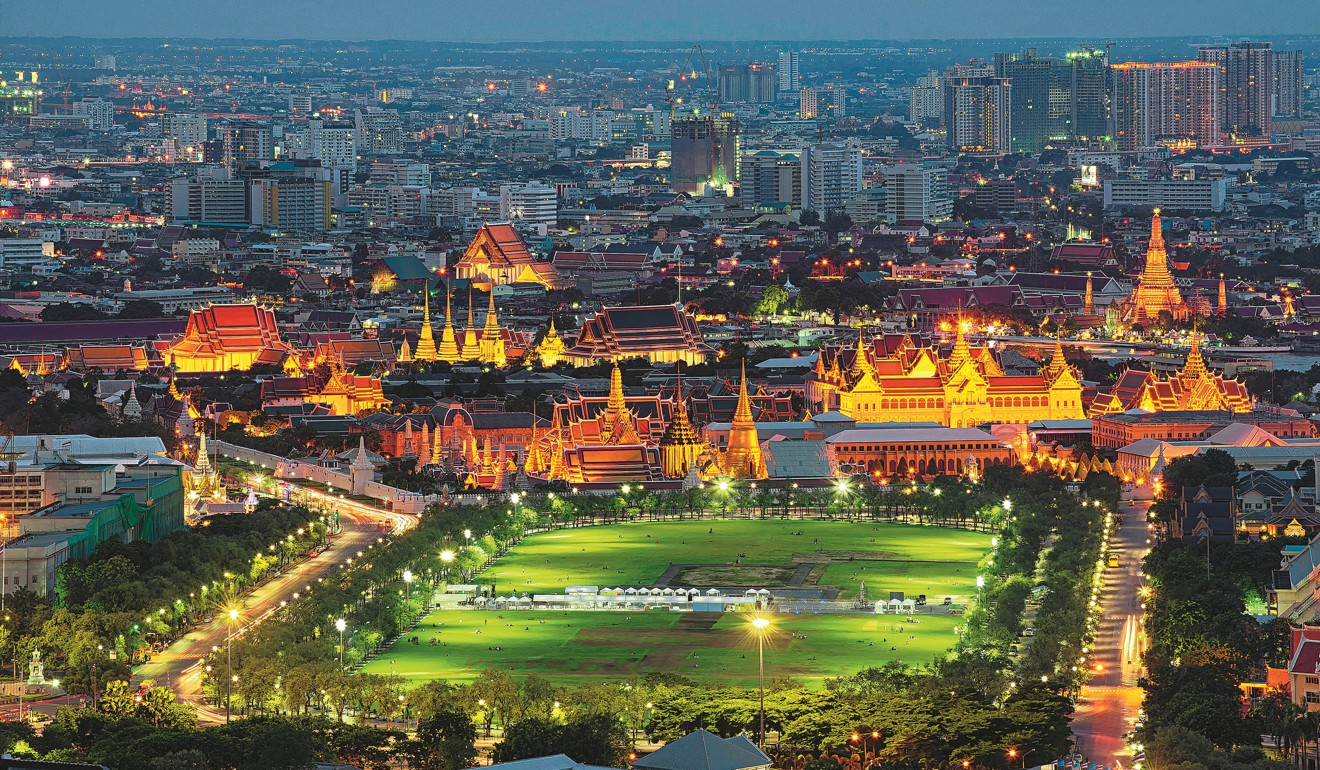
“I would, however, like less traffic and more public parks. I miss the little old lady selling confectionery from her small paddle boat, and the old-style rice barges on the river.”
Nikki von Bueren, second-generation face of the artistic von Bueren family that founded the luxury Thai jewellery and homeware brand Lotus Arts de Vivre, doesn’t believe Bangkok Old Town has lost any of its charm, since most construction and development has taken place outside the traditional areas where the heritage buildings are.
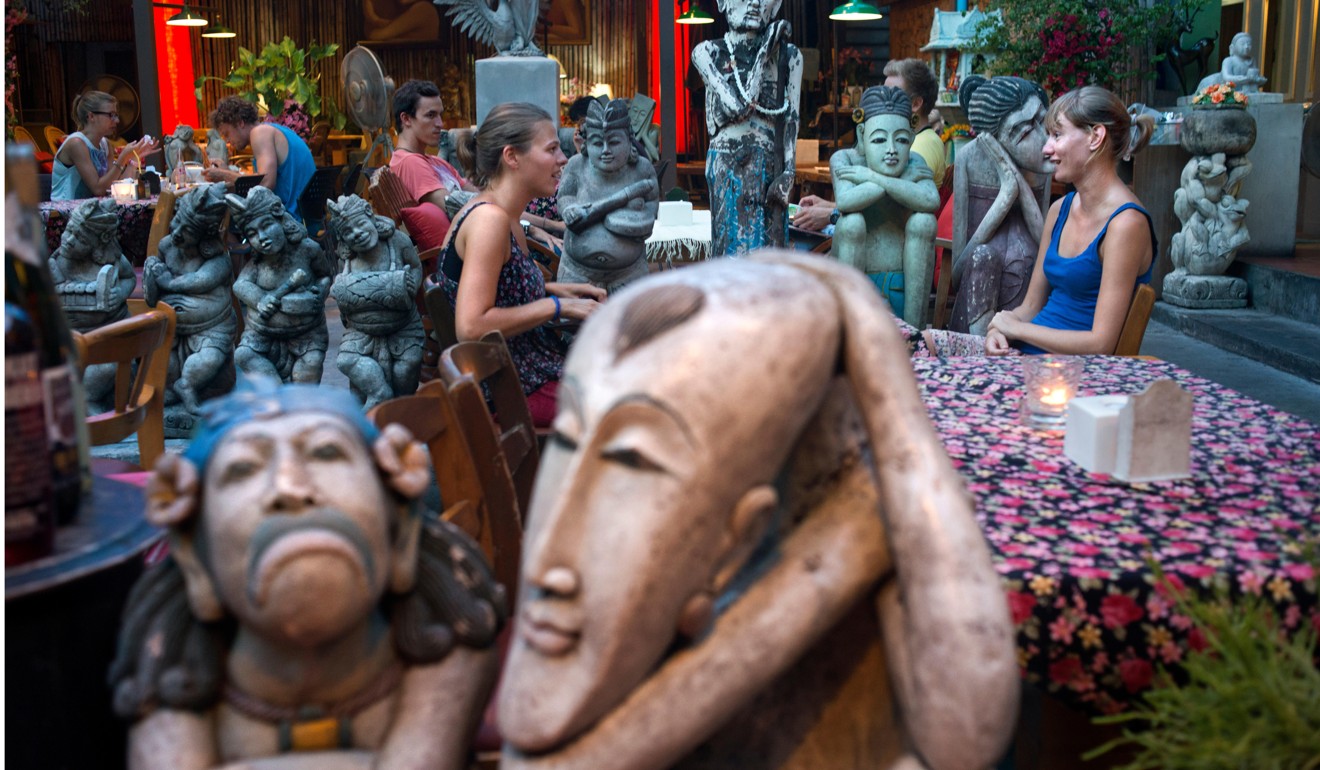
“However, businesses all need to survive and are adapting within the conservation framework to morph with the times,” says von Bueren. “It is done with restraint but also with creativity, a key quality of the Thai people.”
Bangkok - the good, bad and ugly sides to the Thai capital for visitors
Rattanakosin district has more to offer than heritage sites, however – it is one of the Thai capital’s top nightlife destinations.
“In the past couple of years the ‘happening’ stretch of Bangkok Old Town has blossomed from the backpacker outing that most people think of to a new wave of indie bars and clubs with trendier appeal,” says Dino Sukosol Clapp, a third- generation member of the Sukosol family of hoteliers and entertainers.
There are already too many malls and motorways in the city and they are pushing towards this district. It’s something we just have to live with
“There are still old-school hawker stalls on the side of the road in Khao San peddling fried bugs and pad Thai, but they are merely fronting hidden gems like [restaurant and bar] Madame Musur, that bring their own style to the area. Also, a new club that is opening in Khao San called Susie Q will really bring an edgy element to the nightlife in this area,” says Sukosol Clapp.
Meanwhile a competitor to Khao San is already emerging within the neighbourhood.
“Soi Nana in Chinatown now has some of Bangkok’s unique and enticing bars, from gin joints to hipster cafes converted from old Chinese shop houses,” Sukosol Clapp says. “This area is a must see if you want to experience the new energy of Bangkok Old Town.”
Rapid development notwithstanding, Bangkok Old Town seems to be sustaining the old-new synergy – for now.
“It’s manageable but precarious,” says Narisa. “There are already too many malls and motorways in the city and they are pushing towards this district. It’s something we just have to live with.”

Old sights
Flower Market: the flower market on Chakkraphet Road is full of fragrant woven marigold and jasmine garlands. Take a walk to nearby organic cafe From Farm to Table (179 Atsadang Road) to taste some home-made Thai fruit teas and ice cream.
Temples: Wat Pho, the fabulous temple of the Reclining Buddha, is a must-visit for every first-timer to Bangkok. Once you have visited the famous Ordination Hall housing the reclining Buddha with magnificent mother-of-pearl inlaid details, admire the temple’s ornate stupas and Unesco world heritage marble illustrations of traditional massage.
A network of other culturally significant temples can also be found in Bangkok Old Town, including Wat Saket, or Temple of the Golden Mount. Built during the Ayutthaya period (1351 to 1767) it remains a shining golden landmark of Bangkok Old Town.
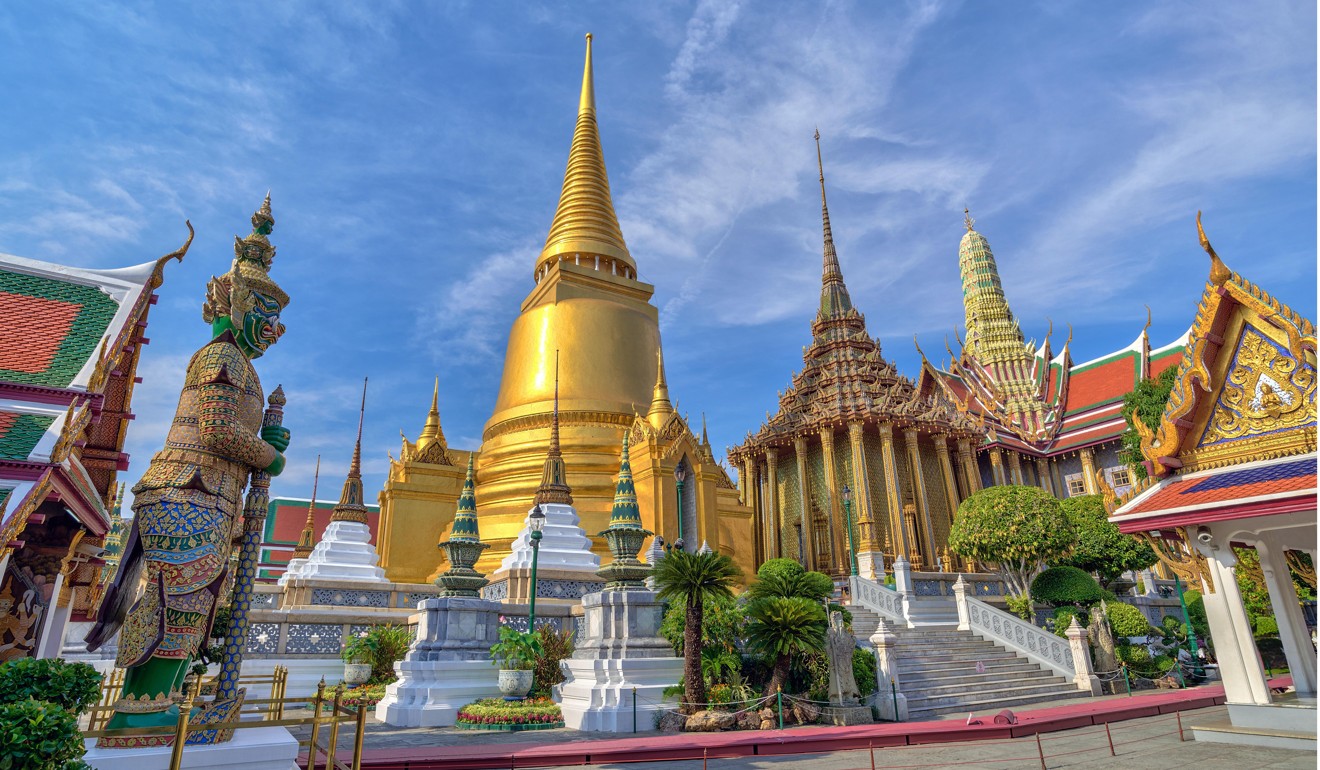
Phra Sumen Fort: set amid the flora of the surrounding Santichaprakan Park, the regal Phra Sumen Fort is an 18th-century riverfront relic built to defend the new Rattanakosin stronghold from invaders. It is one of only four remaining forts raised during this period, the rest demolished to make way for the city’s development.
Soi Rambuttri: a colourful lane packed with bars, cafes, restaurants and street food, this quaint street diffuses a more Bohemian vibe than the carnival energy of Khao San just steps away.
Riverside Terrace, Chakrabongse Villa: an intimate riverside diner with just a few tables serves a degustation Thai menu that changes daily according to what ingredients the chefs buy at the local market. Visitors can sample dishes created from royal recipes passed down over three generations while enjoying a sunset view of Wat Arun across the river.
396/1, Tatien, Maharaj Road
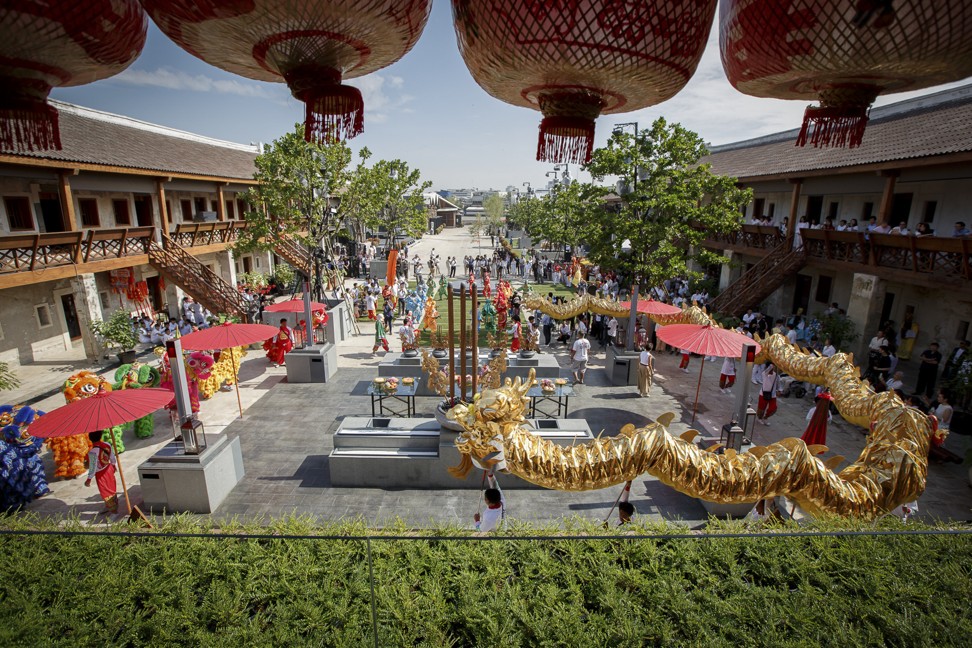
New scenes
Lhong 1919: this old Sino-Siamese port has turned into a heritage retail space selling upmarket jewellery, fashion and homeware brands.
248, Khwaeng Khlong San
Ratchadamnoen Contemporary Art Centre: a sprawling, spartan space that shows artworks from mostly emerging and eminent Thai artists over three floors. Entry is free.
84, Ratchadamnoen Avenue
100 Mahaseth: a nose-to-tail restaurant that specialises in Isaan or northeastern Thai cuisine, and creates delicious dishes out of every body part – think grilled pig’s heart and bone marrow.
100 Maha Set Road
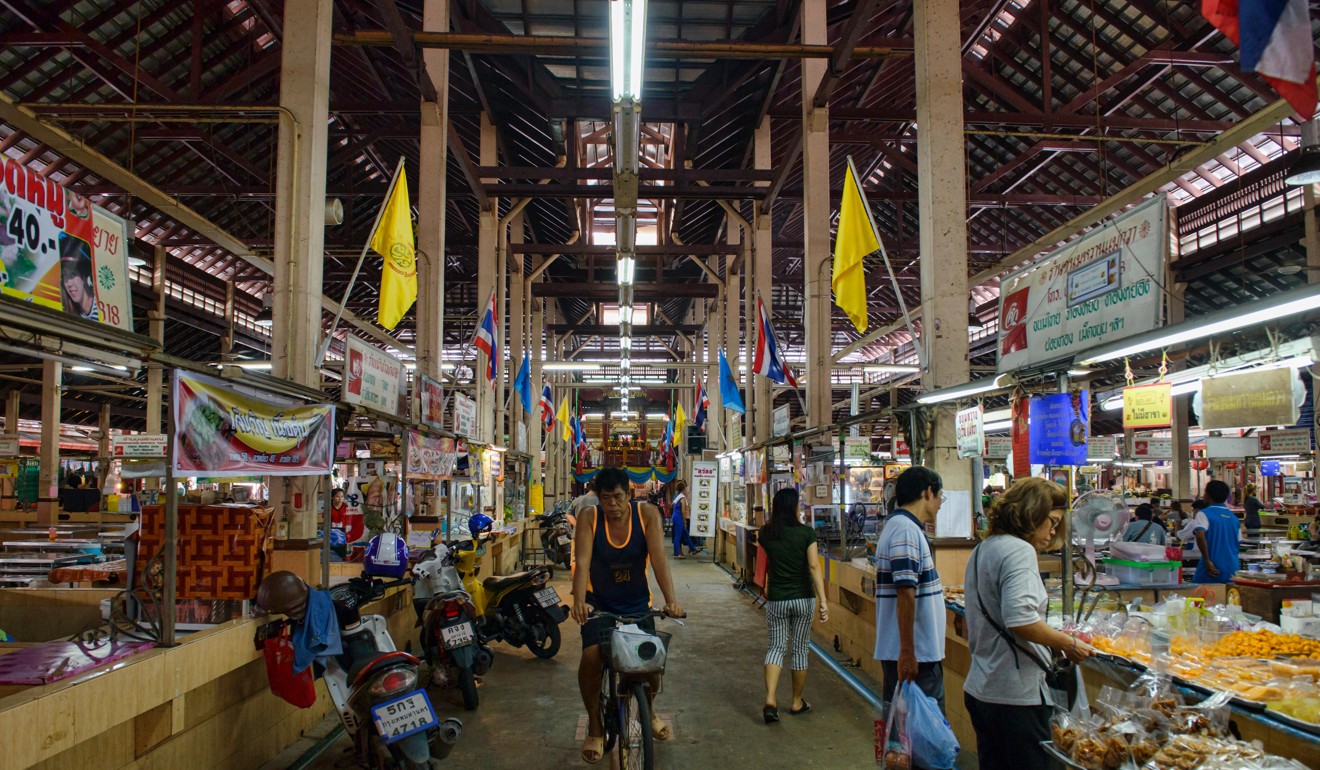
Madame Musur: conceived of and run by a seasoned hotelier, this popular Khao San restaurant-bar blends Lanna Thai decor and northern Thai staples like sai oua (spicy pork sausages stuffed with sticky rice). Signature cocktails are concocted with local spirits such as Sangsom rum, to a backdrop of popular Thai and classic 1960s pop music.
41 Soi Rambutri
Nang Loeng Market: one of Bangkok’s oldest, this charming market is one of the city’s best kept secrets. Many vendors congregate here in the morning serving locals their favourite street fare, such as khao gaeng (rice and curry) and sala bao (steamed buns).
Nakhon Sawan 6 Alley
Songkran, how to survive Thailand’s famous new year water fight
Where to stay

